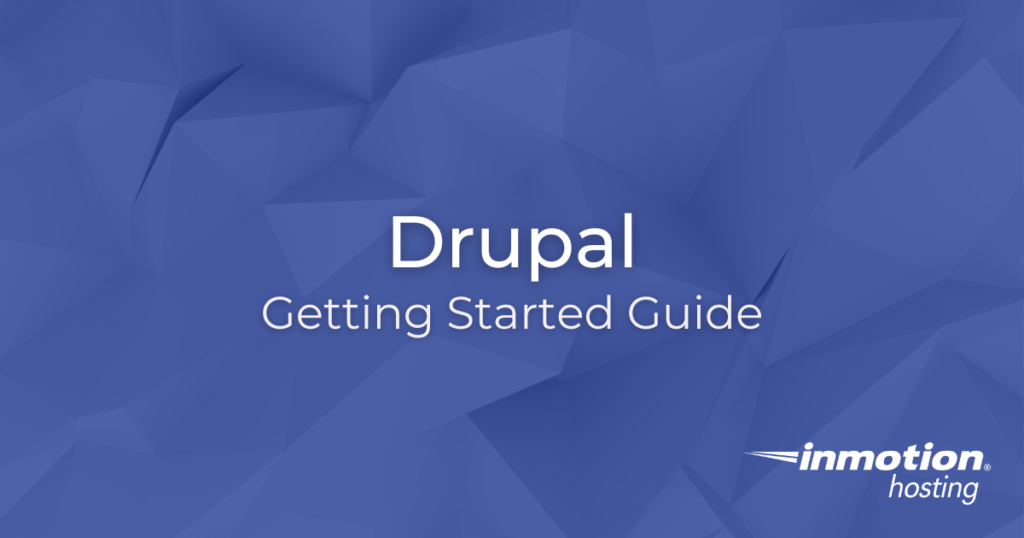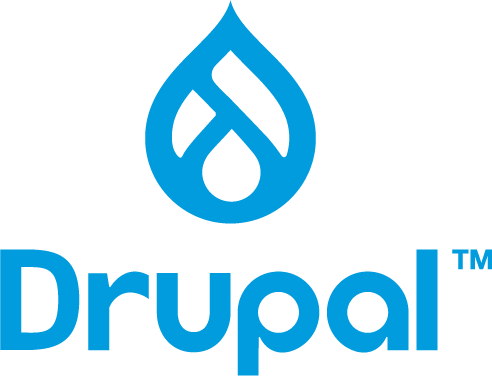
Drupal Education Channel

Welcome to our Drupal Education Channel, your go-to resource for mastering the art of Drupal web development. Whether you’re a beginner looking to build your first website or an experienced developer seeking to enhance your Drupal skills, you’ve come to the right place. Our comprehensive tutorials cover everything from Drupal installation and configuration to advanced theming, module development, and site optimization. With step-by-step guides, practical tips, and real-world examples, we’ll help you unlock the full potential of Drupal, a powerful and flexible content management system (CMS) that’s trusted by organizations worldwide. Dive in, and let’s embark on a journey to harness the full potential of Drupal for your web projects.
Ignite your online presence with cutting-edge Drupal Website Hosting. Elevate speed, security, and reliability for a seamless website experience.
Getting Started with Drupal
Here’s a short list of tasks you’ll need to know when building a new Drupal site.
Basic Tasks
After getting your website set up, these articles can guide you through adding important features to your site.
Advanced Tasks
These guides cover topics that businesses may need to understand for better marketing and regulation compliance.
Search Engine Optimization
Check out these recommended Drupal modules for improving SEO and website performance.
Security and Privacy
These are recommended features to improve your website security and support for user privacy.
Other Drupal Tutorials
- Managing Users in Drupal
- Managing Existing Sites Using Composer
- How to Install Composer for Drupal
- Understanding Composer for Drupal
- Responsive Favicons Drupal Module
- Configuring the Drupal Webform Module
- How to Manually Install Drupal on a Server
- Updating Drupal Using Softaculous
- How to Install Drupal Using Softaculous
- Drupal Security.txt File
- Civic Accessibility Toolbar Drupal Module
- Kanban Project Management with Drupal Burndown Module
- Drupal Mixpanel Integration Methods
- How to Configure the Drupal Redirect Module
- Drupal CKEditor Content Accessibility Auditor
- How to Create an Ads.Txt File in Drupal
- How to Configure the Social Media Links Block and Field Drupal Module
- How to Configure the AddToAny Drupal Module
- How to Configure the Real-time SEO for Drupal Module
- How to Contact Drupal Developers